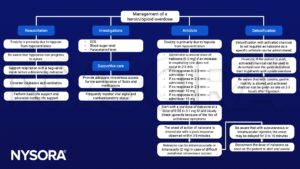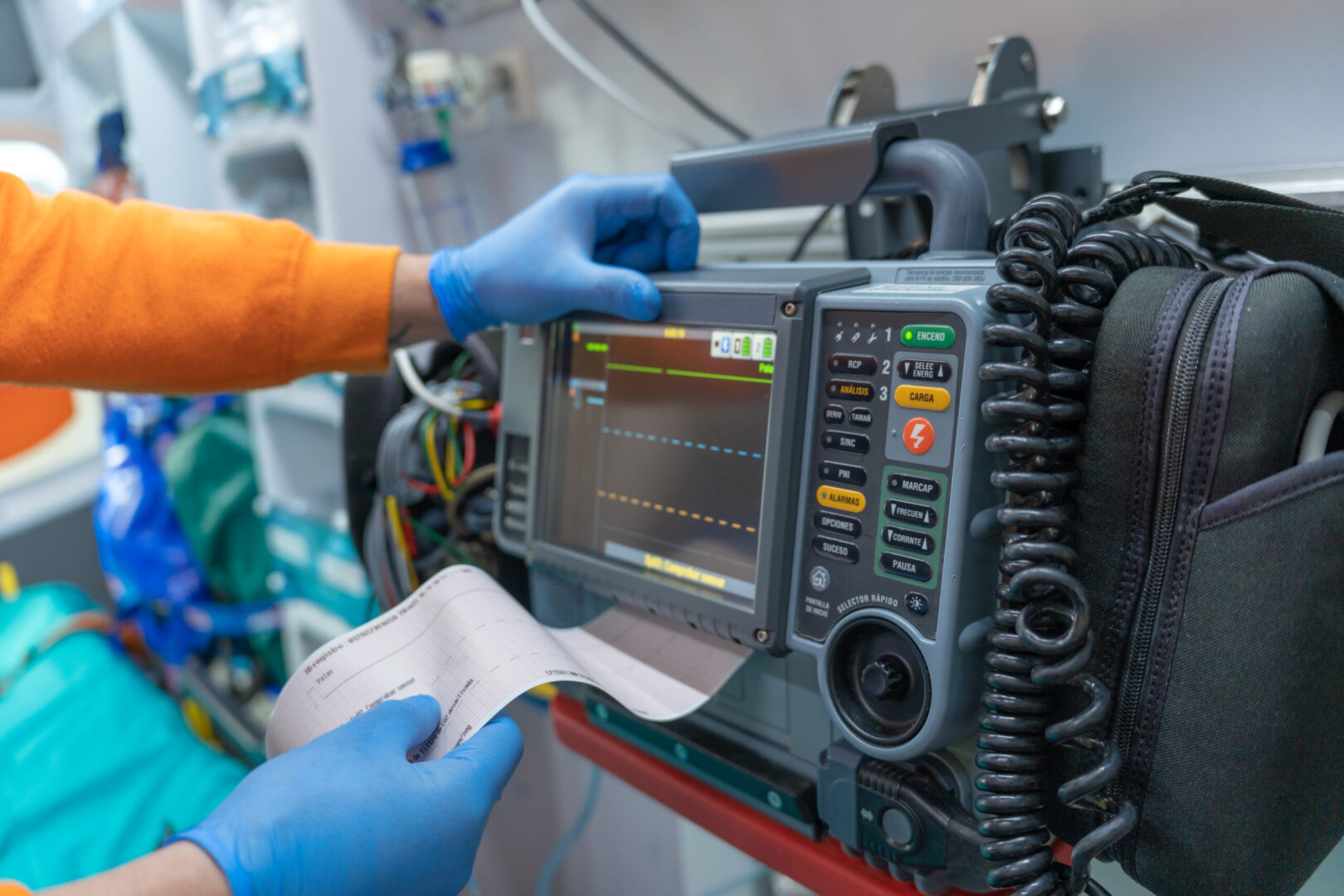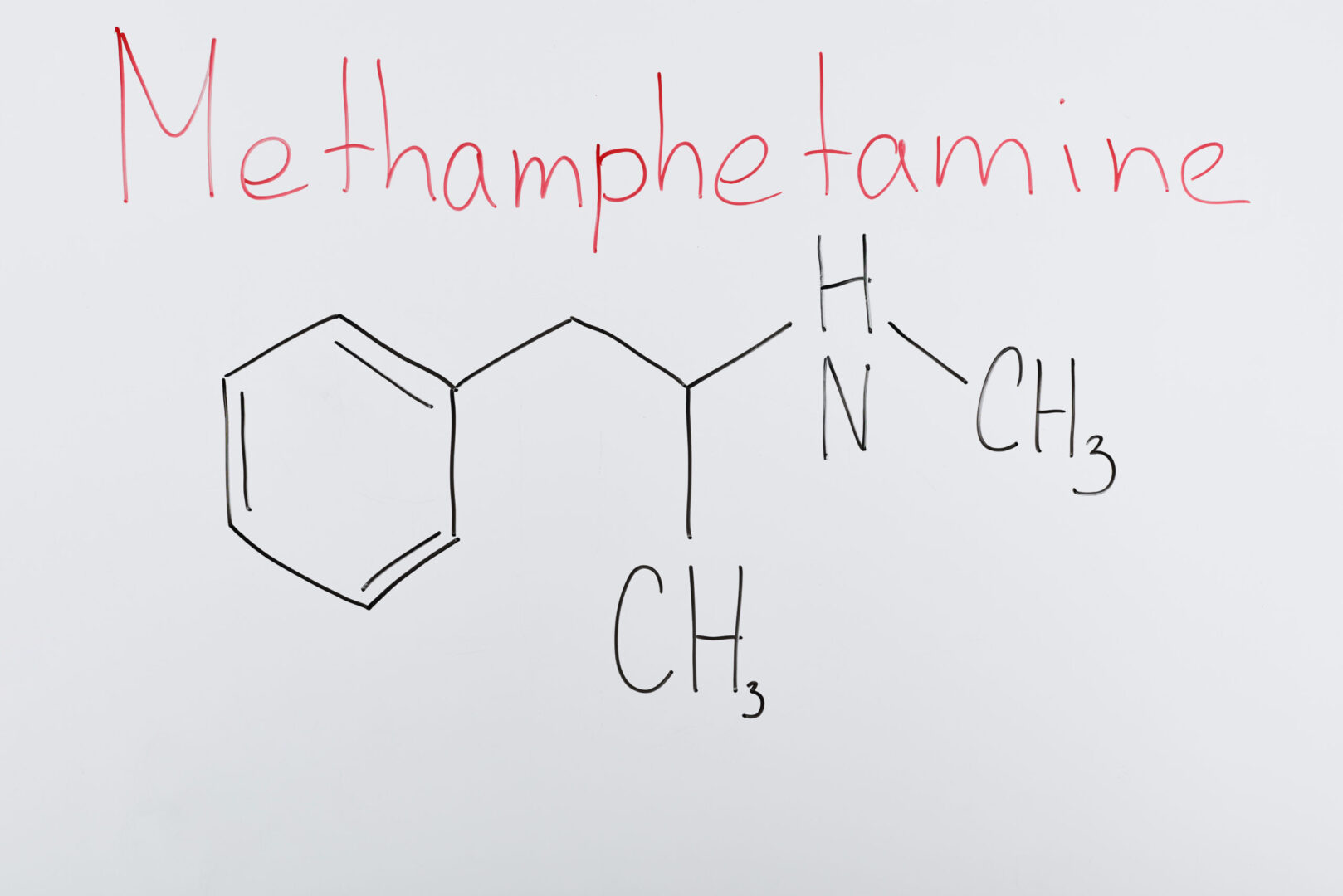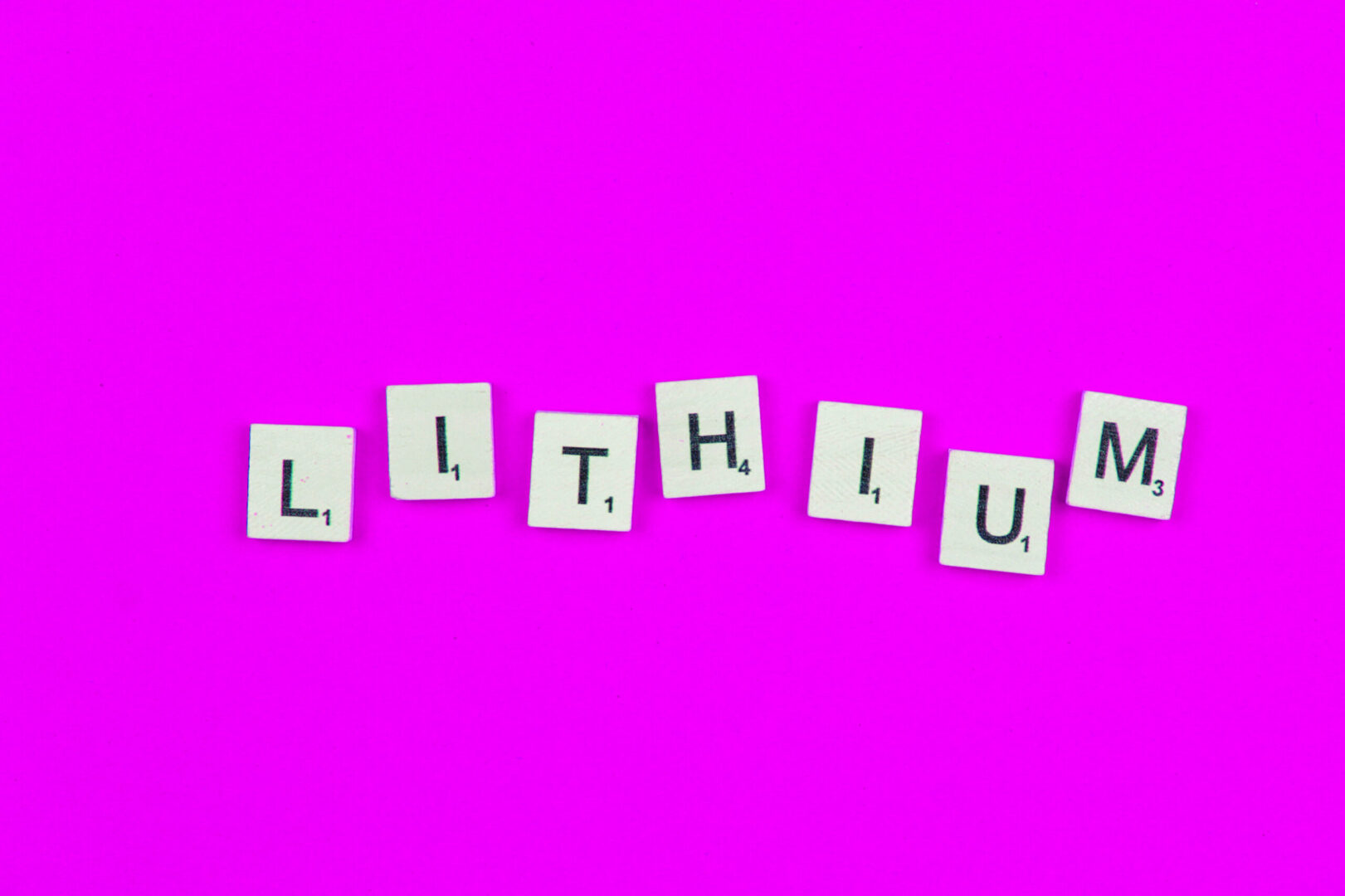Learning objectives
- Signs and symptoms of heroin or opioid toxicity
- Treatment and perioperative management of heroin or opioid toxicity
Definition and mechanisms
- Heroin, also known as diacetylmorphine, is a potent opioid mainly used as an illegal recreational drug for its euphoric effects
- Very addictive and known for causing significant withdrawal symptoms and can be sniffed, smoked, or injected
- When administered intravenously, heroin has two to three times the effect of a similar dose of morphine
- Heroin has an average half-life of three minutes in blood after intravenous administration, requiring drug users to use it several times per day to maintain the effect
- Tolerance usually develops over time
- Heroin levels peak after five minutes of intranasal or intravenous uptake, but its potency after intranasal usage is about half of intravenous usage
- The three most clinically relevant opioid receptors are the µ-, κ-, and δ-receptors:
- Stimulation of central µ-receptors causes respiratory depression, analgesia (supraspinal and peripheral), and euphoria
- κ- and δ-receptors also have potent analgesic effects, and stimulation leads to disassociation, hallucinations, and dysphoria
- δ-receptors are thought to influence mood
Signs and symptoms
| Respiratory system | Respiratory depression - No breathing - Shallow breathing - Slow and difficult breathing |
| Nervous system | Dry mouth Extremely small pupils (pinpoint pupils) Delirium Disorientation Drowsiness Seizures Muscle spasms Coma |
| Cardiovascular system | Hypotension Weak pulse |
| Skin | Bluish-colored nails and lips |
| Gastrointestinal system | Constipation Spasms of the stomach and intestines |
Opiate withdrawal symptoms
- Symptoms are not life-threatening
- Alertness
- Muscle pain
- Dilated pupils
- Piloerection
- Sweating
- Vomiting and diarrhea
- Pain
- Aspiration
- Insomnia
- Yawning
- Medications to treat opiate withdrawal symptoms
- Methadone (long-acting opioid)
- Buprenorphine (partial mu agonist and kappa antagonist)
- Clonidine and lofexidine (alpha-2 adrenergic agents)
Complications
- Intravascular infections and infectious disease transmission (HIV, hepatitis B, and C) due to shared needles
- The needle can break off → embedded foreign body
- Skin infections: cellulitis and abscess
- Compartment syndrome
- Intravascular infections can grow on the heart valves → valve replacement
- Septic emboli → empyema
- Hypoxic end-organ damage secondary to hypoventilation
- Acute lung injury
- Narcotic bowel syndrome
- Withdrawal symptoms
Diagnosis
- Blood and urine test
- Chest X-ray
- CT scan
- ECG
Management

Perioperative management
Refer to opioid tolerance or methadon-using patients
Suggested reading
- World Health Organization. 2021. Opioid overdose. https://www.who.int/news-room/fact-sheets/detail/opioid-overdose
- Volkow ND, Jones EB, Einstein EB, Wargo EM. Prevention and Treatment of Opioid Misuse and Addiction: A Review. JAMA Psychiatry. 2019;76(2):208-216.
- Simpson, G., Jackson, M., 2017. Perioperative management of opioid-tolerant patients. BJA Education 17, 124–128.
- Nicholson Roberts, T., Thompson, J.P., 2013. Illegal substances in anaesthetic and intensive care practices. Continuing Education in Anaesthesia Critical Care & Pain 13, 42–46.
- Boyer EW. Management of opioid analgesic overdose. N Engl J Med. 2012;367(2):146-155.
We would love to hear from you. If you should detect any errors, email us customerservice@nysora.com







